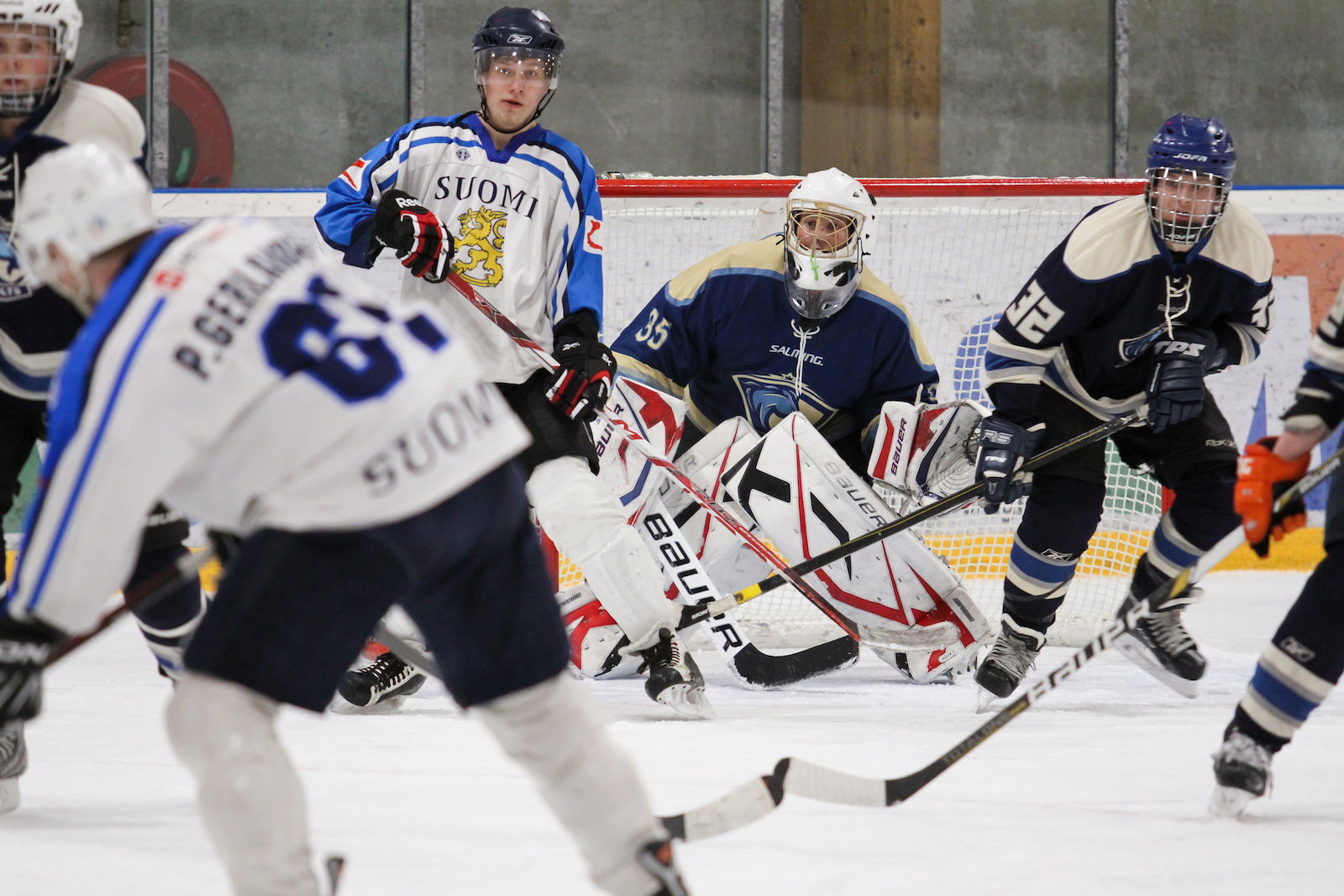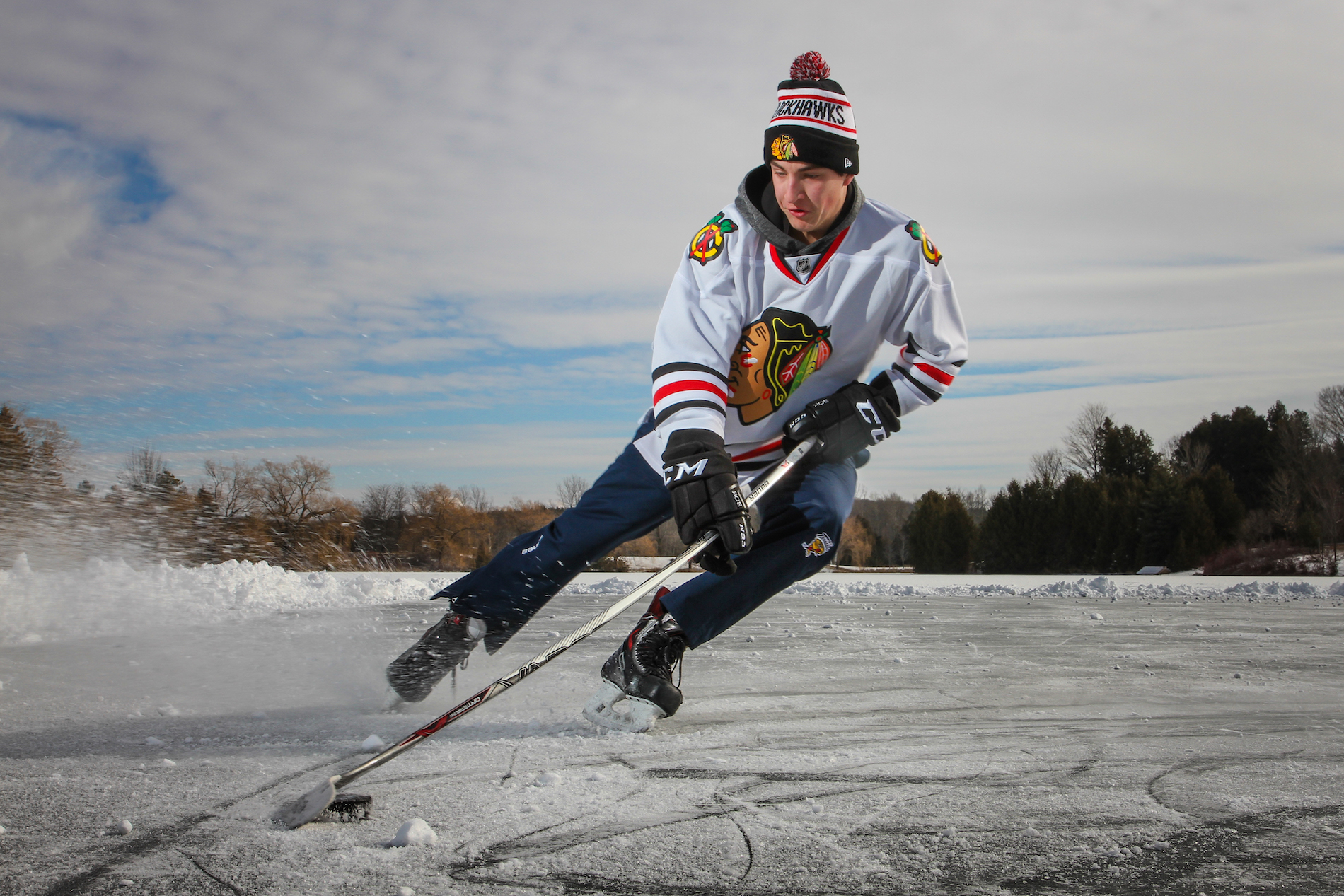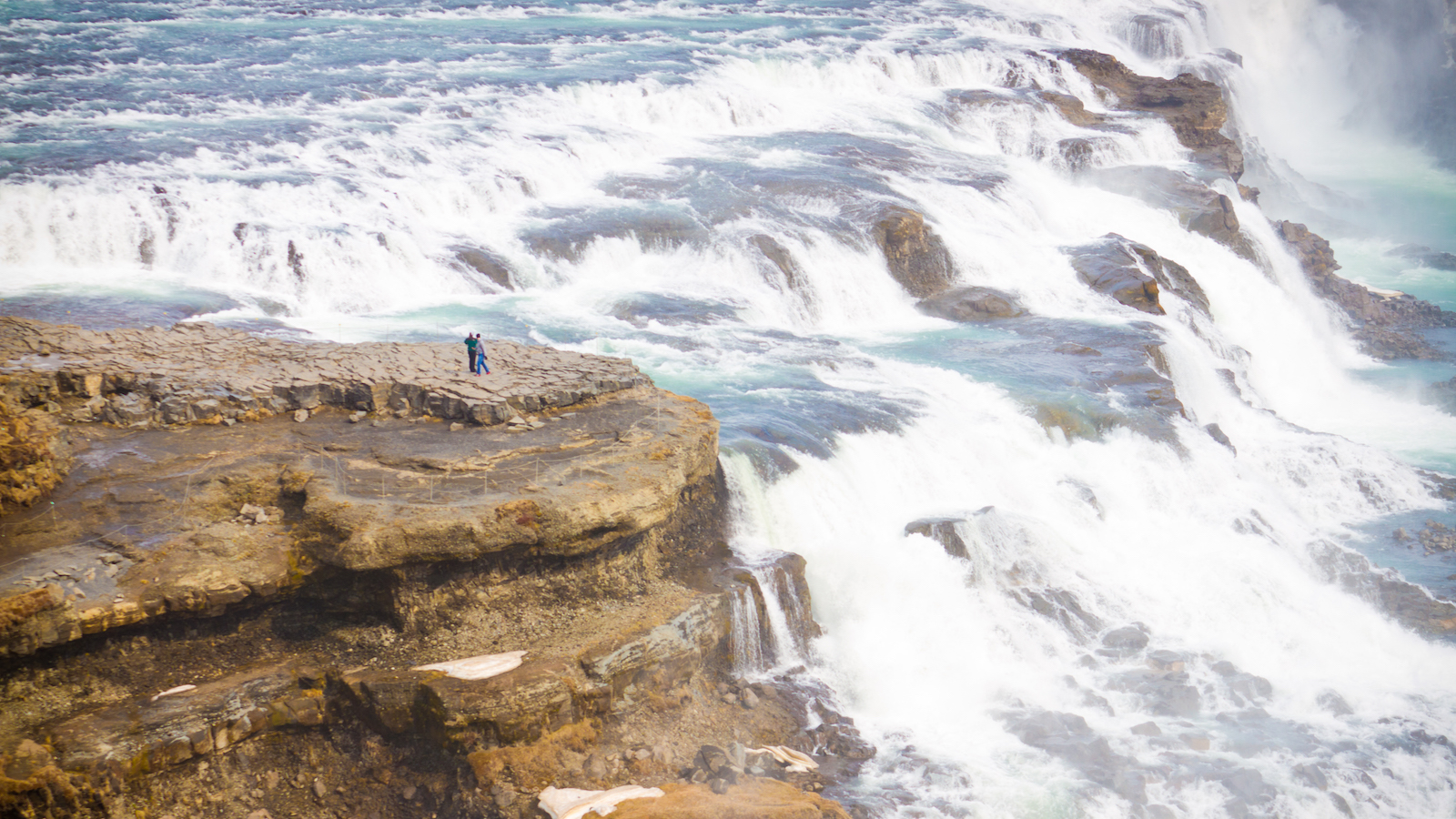Your Guide to using ISO for Hockey Photography
What is ISO?
As you might expect, ISO is an acronym.
What you might not expect is that it is an incredibly boring and mostly unhelpful acronym.
International Standards Organisation.
Wow, that’s boring. The guy who gives things cool names like “aperture” and “digital single lens reflex camera” must have been asleep on the job that day.
Well, there’s actually a pretty decent explanation for the boring name. ISO is a holdover from the days of film cameras. Film was made with different amounts of sensitivity to light. In order to guarantee what kind of result you’re going to get, it’s important to have a good standard.
Thus, ISO.
If you were out in bright sunlight, you would use film with a low ISO sensitivity. If you were in the dark, you would use film with a high ISO sensitivity.
When the digital age came around, the name stuck. In simple terms, turning up the ISO on a modern digital camera gives a “boost” to the image sensor, allowing it to capture more light.
But, this comes at the expense of more digital noise, which makes colours more dull and reduces sharpness.

Equal crops of unedited images taken at ISO 1600 (Left) and ISO 100 (Right). Notice that the high ISO in the left image has caused lots of noise in the dark areas of the image, as well as dull colours.
With that said, you acceptable ISO also depends on where you are going to use your image. If you’re planning on print your picture for a billboard, using a low ISO might be pretty important. On the other hand, if the image is just going on social media, ISO noise won’t cause you much trouble.
Using ISO at the Rink
Yes, you will be shooting with high ISOs at the rink. No matter what kind of gear you have, you will not be able to shoot a hockey game at ISO 100.
(Unless perhaps you have some seriously powerful flash or video lights. The players might not appreciate being blinded like that though)
Once you have your shutter speed and aperture set, it’s just a matter of dialing in an ISO that gives you a nice, even exposure.

When shooting hockey, your histogram should look something like this. The big peak on the right side is because of all the white ice and boards. Notice that nothing is touching the right side though, as that would mean parts of the image are going full white and the highlights are being clipped.
With that said, you acceptable ISO also depends on where you are going to use your image. If you’re planning on print your picture for a billboard, using a low ISO might be pretty important. On the other hand, if the image is just going on social media, ISO noise won’t cause you much trouble.
Using ISO at the Rink
Yes, you will be shooting with high ISOs at the rink. No matter what kind of gear you have, you will not be able to shoot a hockey game at ISO 100.
(Unless perhaps you have some seriously powerful flash or video lights. The players might not appreciate being blinded like that though)
Once you have your shutter speed and aperture set, it’s just a matter of dialing in an ISO that gives you a nice, even exposure.

1/500, f2.8, ISO 1600
When is your ISO Too High?
There will be different opinions about whether or not a picture is “beyond saving” due to ISO grain.
It’s possible that you’ll like what comes out of your camera at ISO 1600, even though the same shot makes your friend vomit. That’s just what it is. If this happens, stay proud of your photos and maybe consider getting some new friends.
The latest posts from the Photography Blog
Understanding Aperture for Hockey Photography
Your Guide to Using Aperture for Hockey Photography Read more in the Hockey Photography Series: Introduction Aperture Shutter Speed ISO FocusWhat Lens to UseSo now that you have a sense for your shutter speed let’s take the next step and figure out our aperture....
Using Fast Shutter Speeds to Photograph Hockey
Your Guide to using Shutter Speed for Hockey Photography Read more in the Hockey Photography Series: Introduction Aperture Shutter Speed ISO FocusWhat Lens to UseHockey is a fun and fast sport, but it can also be incredibly challenging to photograph. This guide,...
An Introduction to Hockey Photography
Your Guide to Improving Your Hockey Photography Read more in the Hockey Photography Series: Introduction Aperture Shutter Speed ISO FocusWhat Lens to UseHockey is a fun and fast sport, but it can also be incredibly challenging to photograph. This guide, presented as a...
Taking an Outdoor Hockey Picture
Taking an Outdoor Ice Hockey Portrait It’s winter. In Canada. That means hockey. I recently took advantage of a rather fine day recently to get an action shot out on the pond. Here’s a rundown of what went into getting this image. To start with, here's the final shot...
Light Painting a BMW
Light Painting with a BMW Light painting is fun. If you’ve never tried it before, go try it. You won’t regret it. All you need is a tripod, a camera that can take slow shutter pictures and a strong, mobile light source. Even a flashlight works For this shot I used the...
How to Add Depth to your Photos
How to Show Depth in Your PhotosPhotos are viewed in two dimensions. The world, inconveniently enough, tends to come with one more dimension than that. This bothersome little fact can become very problematic for your photography. Where’s the depth? You’ve probably...






